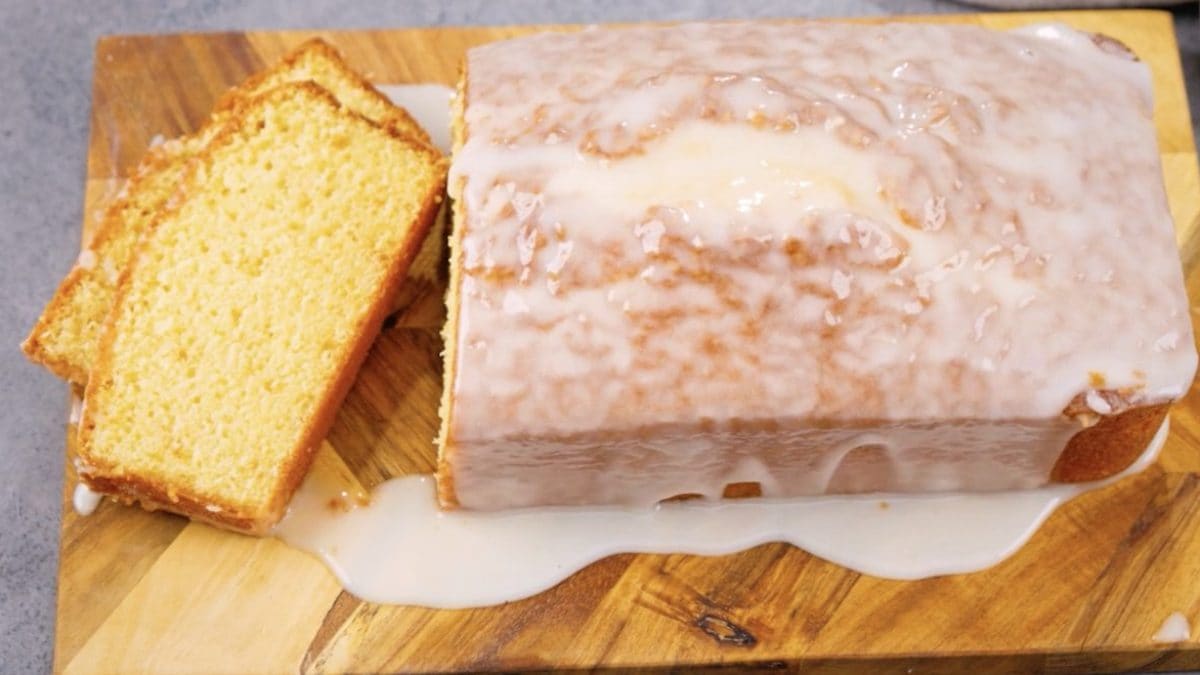
Bright, zesty, and effortlessly elegant, lemon glaze is the unsung hero of the dessert world. With just two ingredients, it delivers a punch of flavor that can transform even the simplest bakes into something special.
Whether you're drizzling it over pound cake, glazing warm scones, or adding a citrusy crown to muffins, this lemon glaze adds a tangy kick that wakes up the palate. In this quick and foolproof recipe, we’ll show you how to whip up a silky-smooth glaze that’s as versatile as it is delicious.
What is Lemon Glaze?
Lemon glaze is a simple, sweet-tart icing made primarily from powdered sugar and fresh lemon juice. Its roots trace back to centuries-old European baking traditions, where fruit juices were often mixed with sugar to create decorative finishes or to preserve baked goods.
In the 18th and 19th centuries, as refined sugar became more accessible and lemons were imported more widely across Europe and America, home bakers began experimenting with citrus-infused icings. Lemon glaze became especially popular in Victorian England, where it adorned sponge cakes and tea-time treats with a light, elegant sheen.
It was prized not only for its flavor but also for its ability to add visual appeal without overwhelming the delicate flavors of the baked goods beneath. Today, it’s a cherished finishing touch around the globe, from lemon drizzle cakes in Britain to zesty glazed pound cakes in American kitchens.
Pro Tips for the Best Lemon Glaze
- Sifting that sugar might seem like an unnecessary step, but it saves you from frustrating lumps.
- Use fresh lemon juice because bottled juice simply doesn’t compare. Fresh lemon juice gives a bright, natural zing.
- If your glaze is too thick, add lemon juice drop by drop. Too thin? Sprinkle in a bit more powdered sugar.
- Glaze your cake while still slightly warm. If your cake or cookie is still warm, the glaze will seep in slightly, making every bite juicy.
Frequently Asked Questions
How long does lemon glaze take to set?
Usually about 20-30 minutes at room temperature. If your kitchen is particularly warm or humid, it might take a little longer.
Can I use lime or orange juice instead?
Absolutely! You can swap the lemon juice for lime or orange for a slightly different citrus profile, just keep the ratios the same.
Why is my glaze grainy?
It’s often because the powdered sugar wasn’t sifted, or the glaze wasn’t stirred long enough to dissolve all the sugar. Beat it a little more and let it rest for a couple of minutes.
Can I make it ahead of time?
Yes, but it might thicken as it sits. Just give it a good stir, and add a drop or two of lemon juice if needed to loosen it up.
How to Store Lemon Glaze
If you’ve made extra glaze, store it in an airtight container in the fridge for up to 3 days. Before using, let it come to room temperature and stir it to get that needed consistency.
Ingredients
How to Make Lemon Glaze
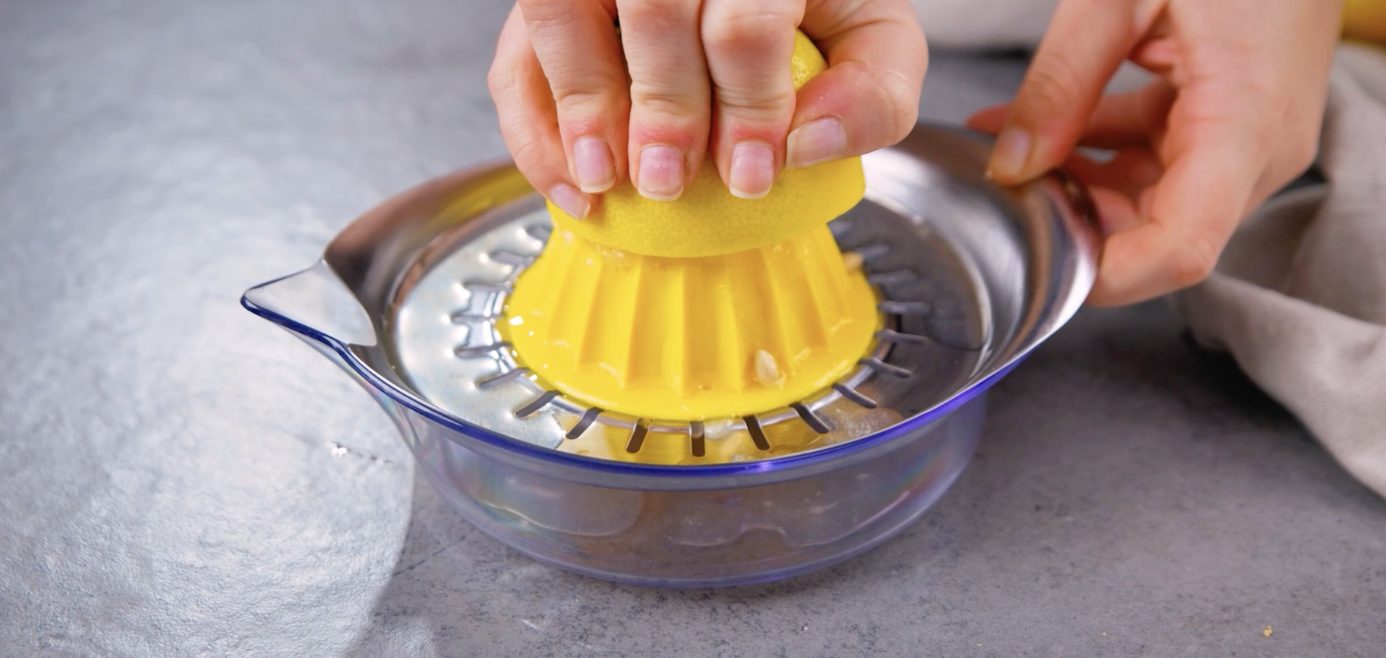;Resize,width=712;)
The first step is to squeeze your fresh lemon
The first step is to squeeze your fresh lemon
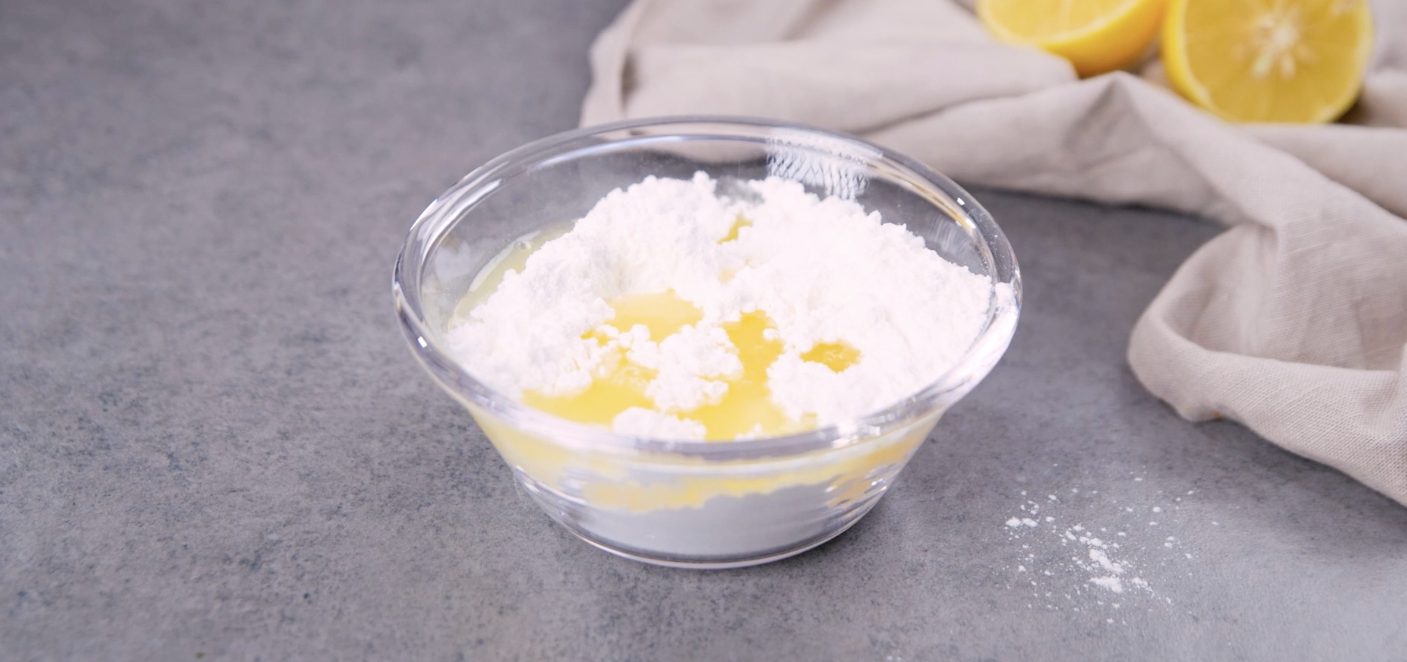;Resize,width=712;)
In a medium mixing bowl, sift your powdered sugar. Yes, it’s a small step, but it’s the difference between a smooth glaze and one that looks like it’s hiding tiny pebbles.
In a medium mixing bowl, sift your powdered sugar. Yes, it’s a small step, but it’s the difference between a smooth glaze and one that looks like it’s hiding tiny pebbles.
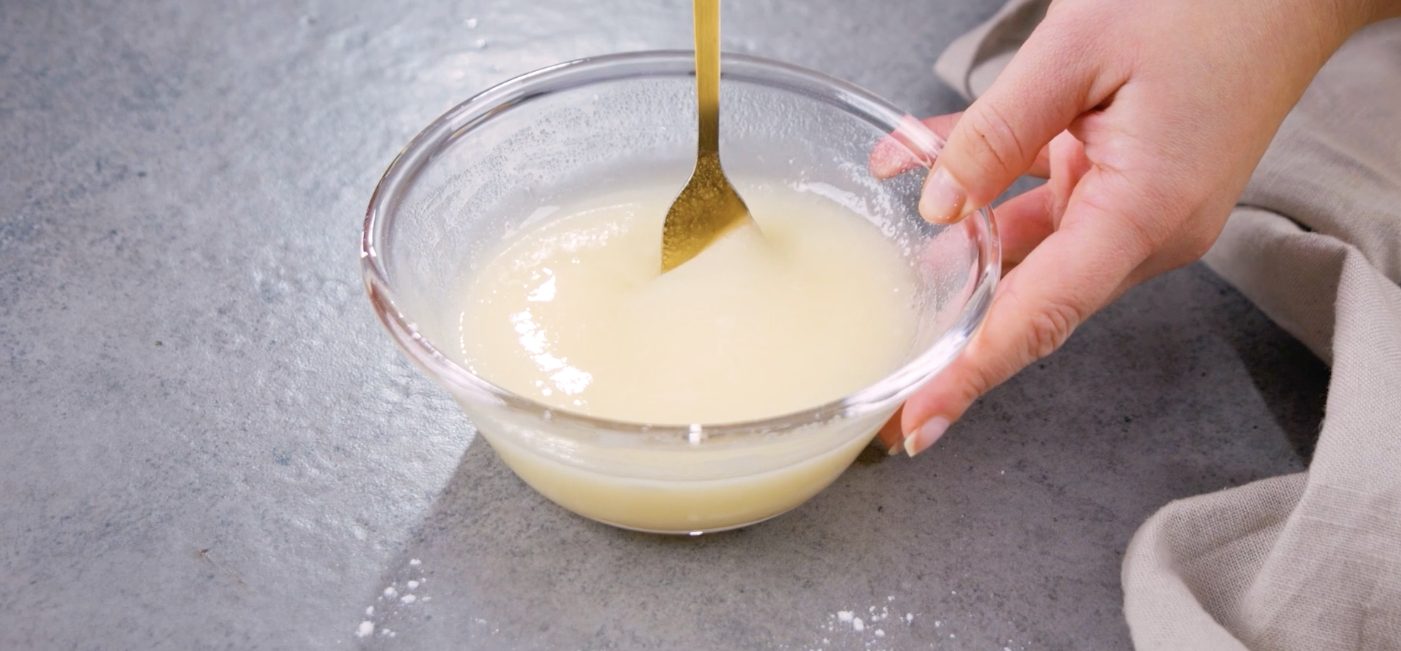;Resize,width=712;)
Pour the freshly squeezed lemon juice into your sugar.
Pour the freshly squeezed lemon juice into your sugar.
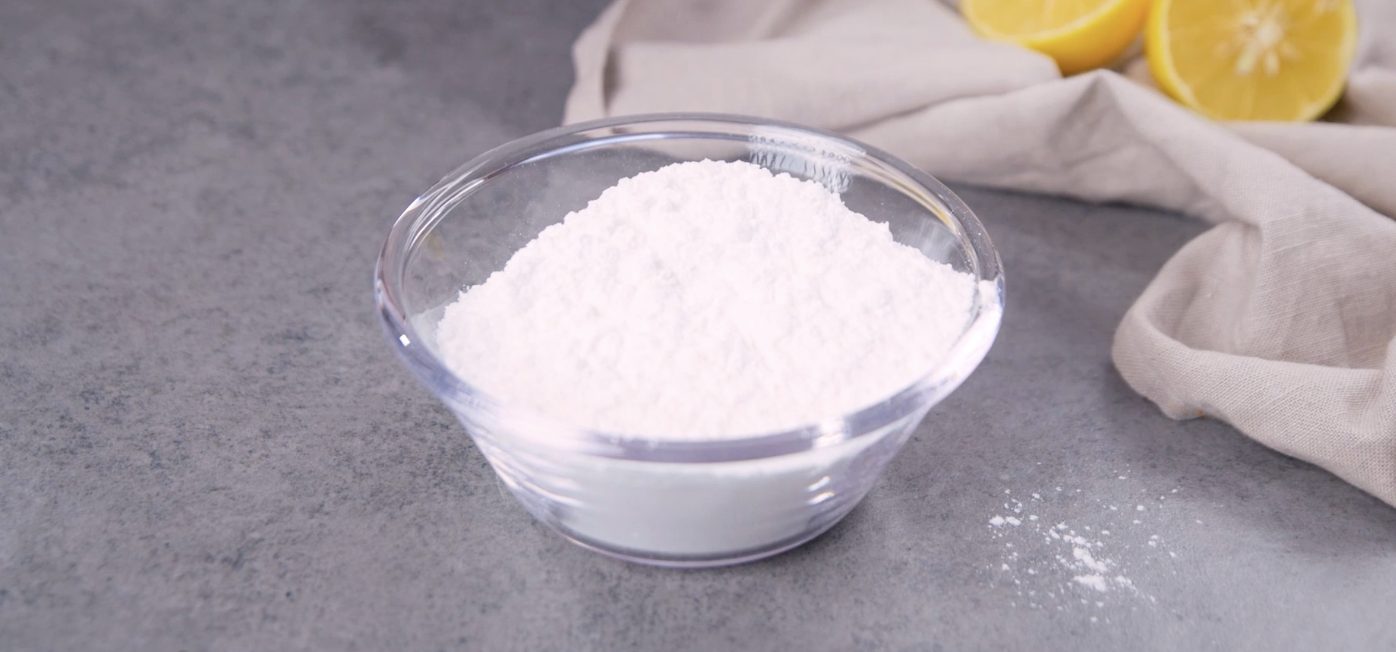;Resize,width=712;)
Mix your ingredients, and if it seems too thick or too thin, remember not to panic. Just keep stirring vigorously until it becomes smooth.
Mix your ingredients, and if it seems too thick or too thin, remember not to panic. Just keep stirring vigorously until it becomes smooth.
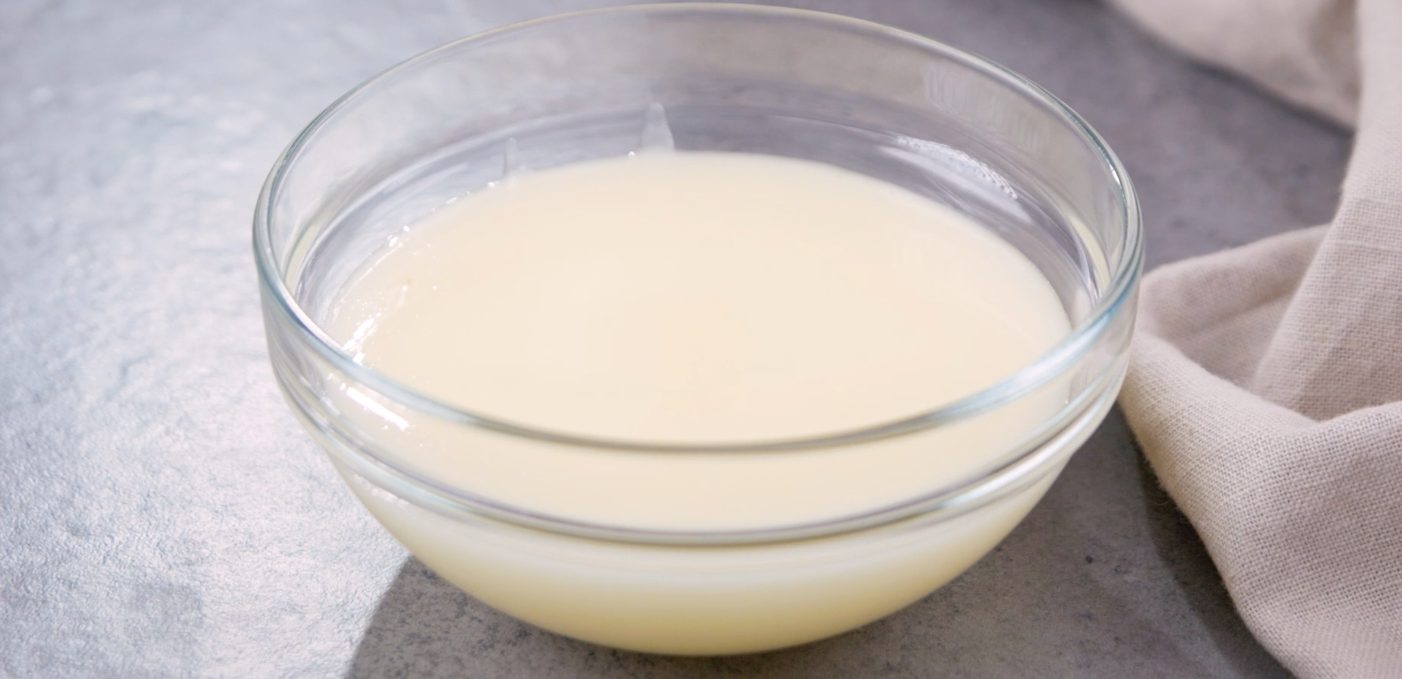;Resize,width=712;)
Check the consistency because it should be pourable but not watery. If it’s too thick, add a few more drops of lemon juice. Too thin? Sprinkle in a bit more powdered sugar. When you are satisfied, pour it into your container for storage or use.
Check the consistency because it should be pourable but not watery. If it’s too thick, add a few more drops of lemon juice. Too thin? Sprinkle in a bit more powdered sugar. When you are satisfied, pour it into your container for storage or use.
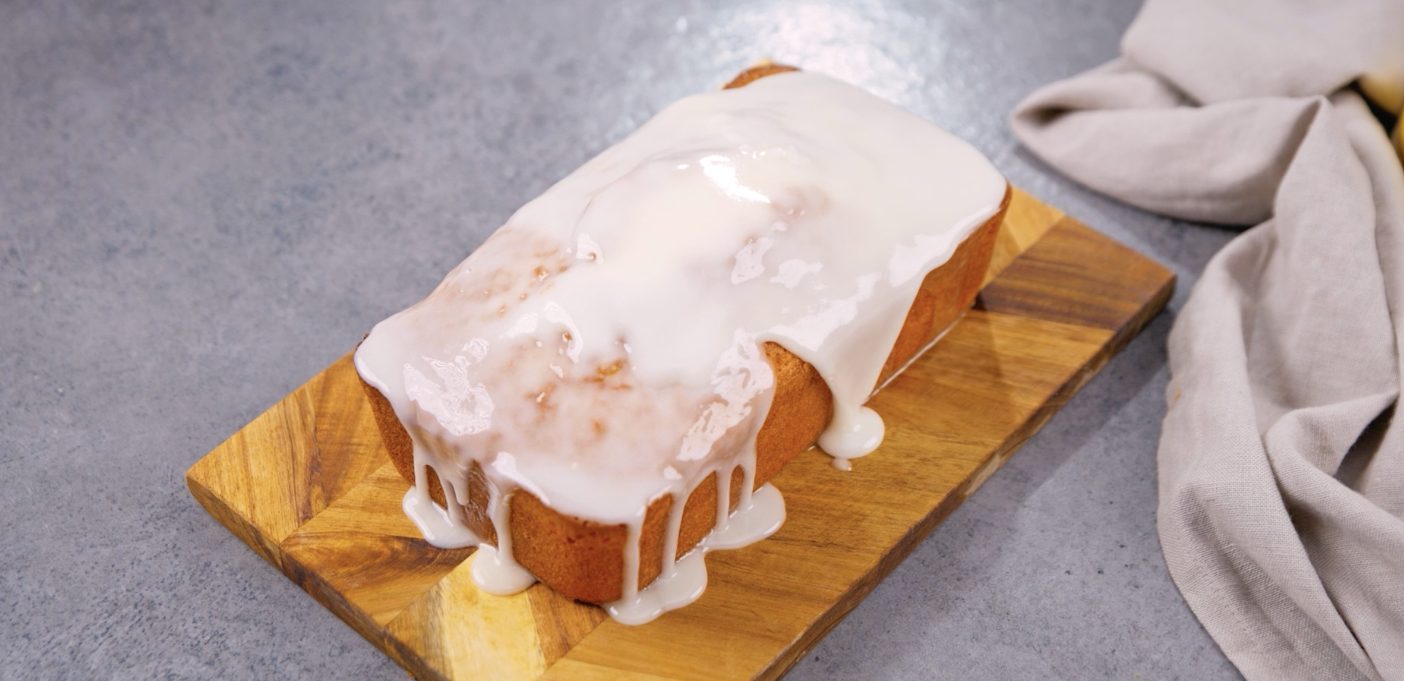;Resize,width=712;)
Drizzle your lemon glaze over cakes, cookies, scones, muffins, or even pancakes. Let it set for about 20-30 minutes for that pretty, crackly finish.
Drizzle your lemon glaze over cakes, cookies, scones, muffins, or even pancakes. Let it set for about 20-30 minutes for that pretty, crackly finish.

;Resize,width=767;)
